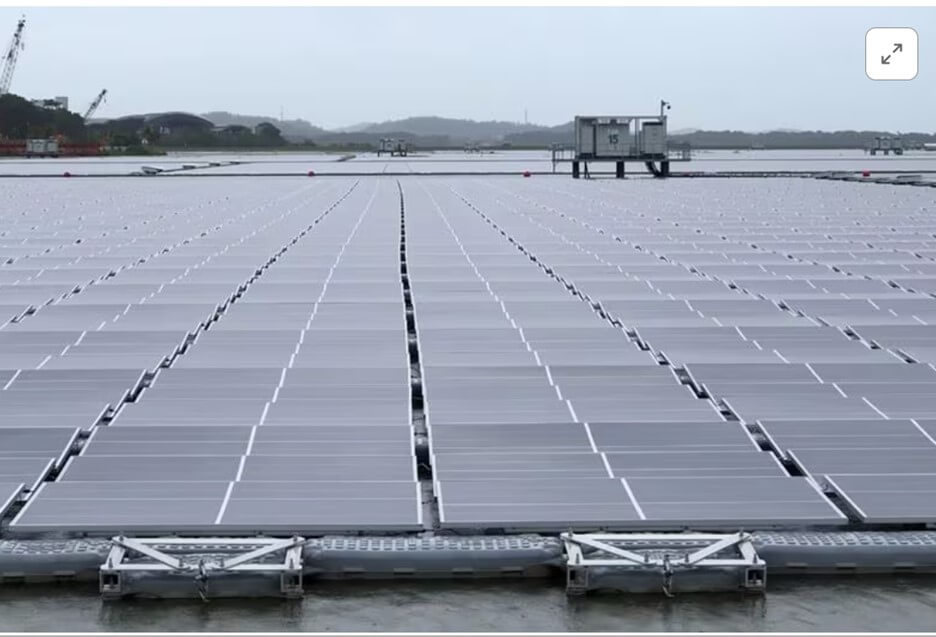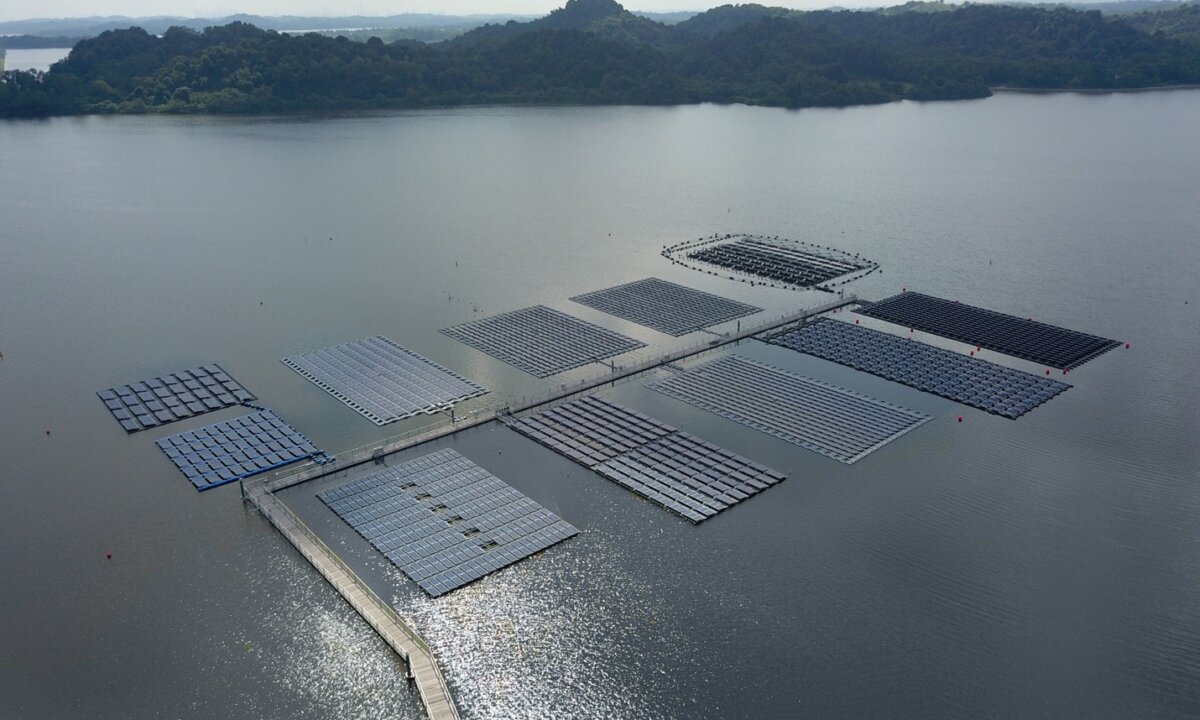Happy 2024!
For many the start of the New Year includes resolutions or goals to try to accomplish throughout the year. From a sustainability standpoint, this means that the ESG teams are collecting the data from 2023 to determine if they achieved what they had published in their 2022 sustainability handbooks. 2024 might also mean a change in the way ESG results and goals are published, as the SEC guidelines for ESG reporting may come into effect in 2024.
For companies with revenues that exceed $500 million, the state of California is requiring them to publish a biennial report on their website that highlights climate-related financial risk. It will be interesting to see how these reports evolve, and when if ever they become a bigger part of the annual reports, or if they continue to be published as separate documents.
California has become the only U.S. state to enact a first-of-its-kind mandatory climate emissions disclosure rule, compelling companies to integrate company-wide disclosure and reporting.
To a certain extent, I find the requirements redundant, as annual and quarterly reports typically define the potential risk a company might face, including lawsuits, supply chain issues, and in some cases climate issues if they are located in an area with tropical storms. I am hoping the requirements improve reporting formats to make it easier for outsiders to sift through the data and find what they are looking for. Some of the reports read like marketing propaganda, while others are more fact-based and include an easy-to-decipher appendix. Hopefully, the SEC guidelines will help to make this happen. Meanwhile, the office of the CFO gets to create a separate report on corporate responsibility each year, as soon as they finish with the annual report.
| Net Zero | Renewable energy | Increase of Renewables | 100% Renewable | CDP Water | CDP Climate Change | DJSI | |
| ST Micro Electronics | 2027 | 62% | 9% | 2027 | A | B | Yes, World |
| Intel | 2040 | 93% | 13% | 2030 | B | A- | Yes, NA |
| Samsung (2021) | 2050 | 17% | 31% | TBD | B | A- | Yes, Korea |
| TSMC | 2050 | 60% by 2030 | NA | 2040 | A | A- | Yes, World |
| Micron | 2050 | 2.50% | 2% | TBD | C | C | Yes, NA |
| Hynix | 2050 | 29.60% | 25% | TBD | A | A- | Yes, AP |
| AMAT | TBD | 69% | 17% | 2030 | B | B | No |
| LAM Research | 2050 | 44% | 7% | 2030 | B | B | Yes, NA |
| ASML | 2040 | 91% | -1% | TBD | C | B | Yes, World |
Table 1. Selection of Sustainability Data Source: Company Sustainability Reports, CDP, DJSI and KRI
Table 1 is a selection of key sustainability data taken from companies’ 2022 Corporate responsibility reports. After the most recent COP, and at the start of the year there has been a great deal of concern with 2023 currently being the hottest year on record and projections that we will only get hotter. Thus, there is increasing pressure on getting companies to 1) set a net zero target and 2) look to move the net zero dates from 2050 to earlier.
In the semiconductor space, most companies now have a net zero target and are aiming to achieve that target by 2050. There has been some outside environmental pressure for companies to move their target dates to 2040. The two biggest challenges for Semiconductor and Semiconductor equipment companies achieving net zero are getting their supply chain to net zero, and getting their Scope 3 or product usage to net zero. For chip companies, this means figuring out how to reduce the level of emissions their chips might produce over their lifetime. For equipment companies limiting the emissions from running process equipment.
Currently, ST Microelectronics and Intel are the only 2 chip companies with net zero before 2050. If you read the reports there are some caveats about scope 3 emissions, but it appears they will use renewable energy credits or increase renewable use to help cover those emissions. Intel, ST Microelectronics AMAT, and Lam Research are shooting for 100% renewable worldwide by 2030 or before.

Most of the companies have 100% renewable in Europe, the United States, and Malaysia. If companies have locations in Taiwan, Korea, Singapore, or Japan getting to 100% renewables is a bigger challenge. In these locations, there is not the landmass, or wind patterns for easy renewable implementation.
Singapore has been looking at placing solar panels in a reservoir, but to produce enough power they will need to move to the ocean. These locations will either need to find a way to import renewables or increase non-greenhouse-producing power sources. Companies such as Google purchase more renewables in the United States to offset their electricity usage in countries that do not have an adequate supply of renewable power.
Working on reducing scope 3 emissions is one of the biggest challenges for the semiconductor industry.
Intel and ST Microelectronics work with their customers to reduce the power consumed by their chips and have been working to design chips that are more user-specific, rather than a general-purpose chip that might consume more power for applications. Equipment companies have been looking at how to reduce power consumption, and GHG chemistry emissions while improving wafers out per kWh. Applied Materials has its highly publicized 30x30x30 program to reduce energy consumption by 30%, chemical consumption by 30%, and tool footprint by 30%.
Another key part of reaching net zero is conservation. Most companies have an effort on how to conserve energy. TSMC has a significant effort on conservation, and a significant amount is employee-driven. The level of employee engagement is very strong, and it appears to be getting stronger each year.
Will the semiconductor industry reach net zero by 2050? It’s a question we will not answer until we get there. There are significant challenges with Scope 1 and Scope 3 emission reductions. GHG-free power sources need to grow at a rapid rate for the microelectronics industry to reach the 100% renewable mark. Many companies are off to a good start. Now the industry needs to start looking at best practices and look at how as an industry we can all get to net zero.



















